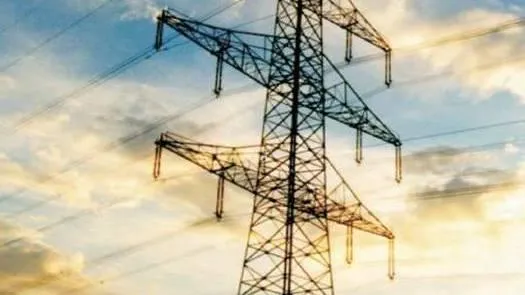Eskom's single-digit tariff promise: Too little, too late?

Eskom promises single digit tariff increases.
Image: Eskom
Eskom has promised tariff increases of single digits in the not-too-distant future.
However, how much below 10% the increases will be remains to be seen.
Minister of Electricity and Energy, Kgosientsho Ramokgopa, speaking yesterday during Eskom’s year-end results for the year to March, said that “we have entered an era of a single digit tariff increases”.
Eskom reported its first profit in eight years yesterday.
Ramokgopa specifically pointed out that, between 2007 and 2024, electricity prices have increased by 937% while inflation over the same period increased by 185%.
“It's untenable, so we have to change that situation,” he said.
Eskom and government’s promise to keep a lid on tariffs comes as municipalities owe the utility just more than R100 billion, a figure that threatens to go as high as R300 billion in the next five years.
Tariffs for Eskom direct customers increased 12.74% from April, while municipal bulk purchases went up 11.32% from July.
Subsequently, it was revealed that the National Energy Regulator of South Africa made a mistake when calculating its price determination, meaning that consumers will have to absorb its R54 billion error.
As a result, the new tariffs to take effect in the 2026/27 financial year and into the next fiscal period are three times higher than the anticipated consumer inflation rate.
A week ago, the South African Reserve Bank said it anticipated that headline inflation will rise over the next few months, peaking at around 4%.
"Our forecast now incorporates higher electricity price inflation, of nearly 8% rather than 6%,” Governor Lesetja Kganyago said.
Kganyago singled out electricity price hikes as a major issue.
Get your news on the go. Download the latest IOL App or Android and IOS now
The governor said that the recent pricing correction by the National Energy Regulator of South Africa, which saw a R54 billion under recovery through previous tariffs that customers now have to pay for, was pushing inflation higher.
“This is a reminder of the serious dysfunction in administered prices, which undermines purchasing power and weakens growth.
The solution to this crisis is not a higher level of inflation, but rather sector-specific reforms to improve efficiency,” Kganyago said.
Get your news on the go. Download the latest IOL App for Android and IOS now
IOL Business
Related Topics: